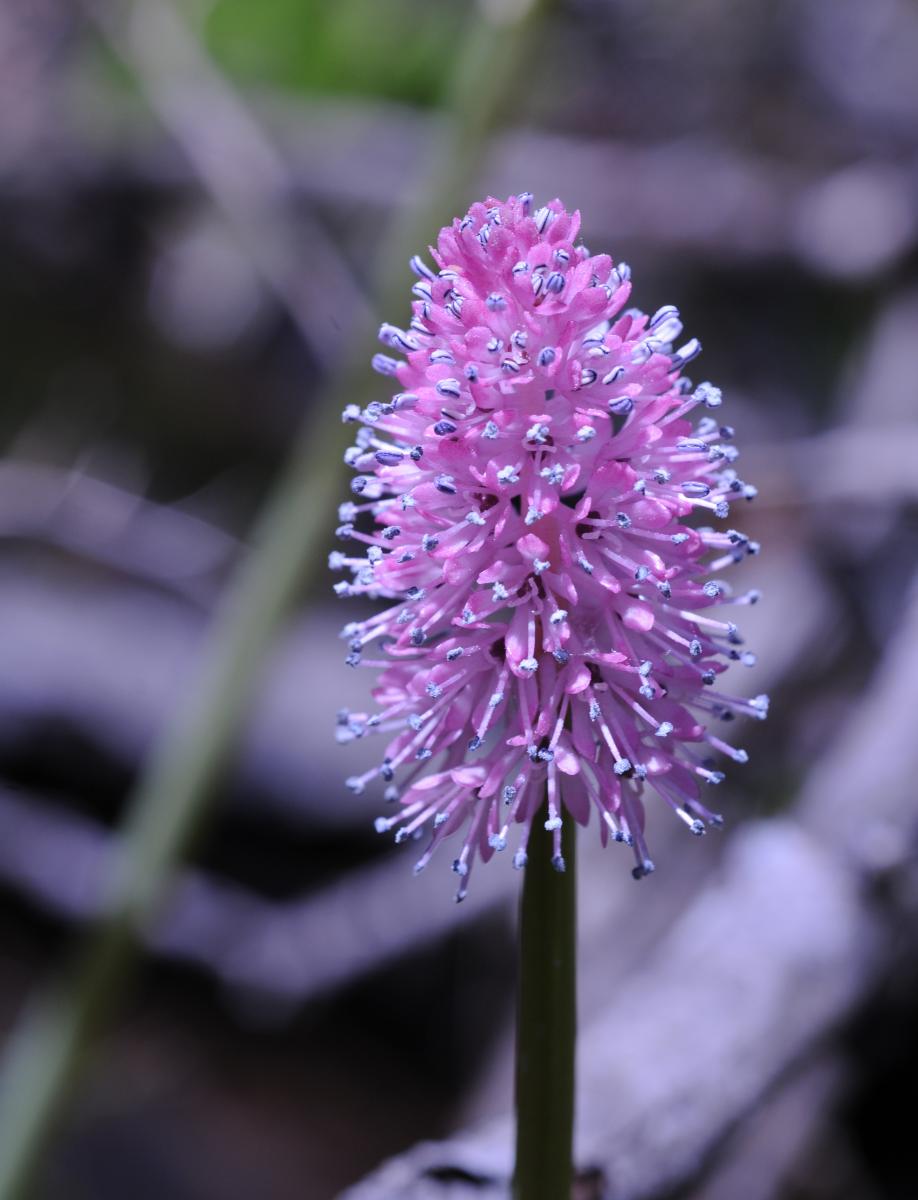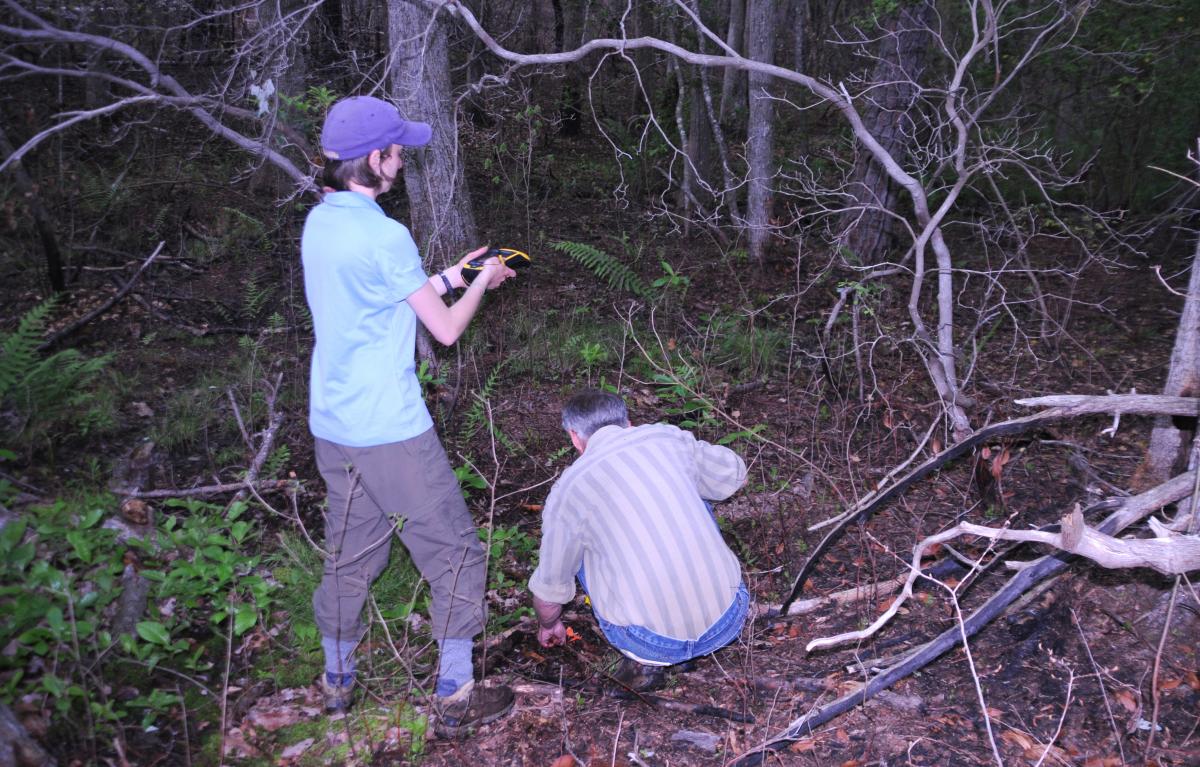Research ProjectPrescribed Burns and Conserving the Threatened Swamp Pink
Prescribed Burns and Conserving the Threatened Swamp Pink
Affiliated Labs
Project Goal
Swamp pink (Helonias bullata) has an historic distribution spanning the eastern United States, but it has been declining because of habitat loss. Altered burn regimes may be contributing to declines. We are working to find out how burning affects Helonias populations.
Description

Swamp pink (Helonias bullata) is a federally Threatened plant that is restricted to acidic seepage swamps, which are now rare throughout much of its historical range as a result of overgrown vegetation and degradation caused by changes in land use. Acidic seepage swamp communities associated with Helonias remain abundant at U.S. Army Fort A.P. Hill and a few other locations, possibly due to the presence of fire in the landscape. Dedicating land to military training can preserve wild habitats by preventing development for agriculture and urban expansion. Additionally, military training and land management practices can sometimes facilitate the restoration of rare habitat types. Helonias is relatively abundant on Fort A.P. Hill, compared to many other known sites, but it is unknown whether this abundance is related to fire frequency. Like many lands used for military training, Fort A.P. Hill employs frequent prescribed burns to reduce wildfire danger. We are conducting a study, funded by Fort A.P. Hill, to determine how different types of burns affect Helonias growth, reproduction, and habitat.

Fires rarely penetrate the wetlands where Helonias grows, because they remain wet year-round. However, fires can burn deep enough into wetlands to scorch individual plants and even when they don’t penetrate the wetland fires may change nutrient availability or the amount of light reaching Helonias. Early results suggest that prescribed burns have little effect on Helonias colonies, though the more open canopies, which burning may promote, are associated with larger Helonias plants. We are conducting a study to determine whether burns impact the growth and survival of individual Helonias plants and the number of plants and reproduction in colonies.


